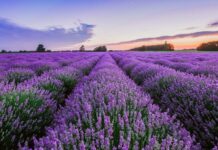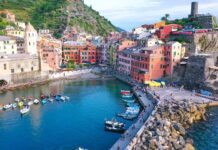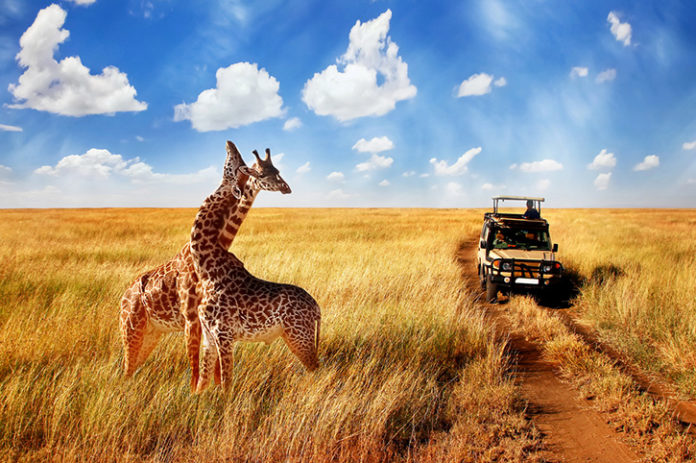
You want to see the lion hunt in the first person, the leopard resting on the trees, or a gorilla emerging from the mist. You want to live unique sunrises, unforgettable experiences and purest nature.
Africa has hundreds of national parks and countless animal reserves where you can discover its wildlife. Each of them has specific characteristics and in this article, we wanted to highlight some of the most iconic and spectacular safari destinations that you can visit on your trip to Africa.
Kruger National Park (South Africa)
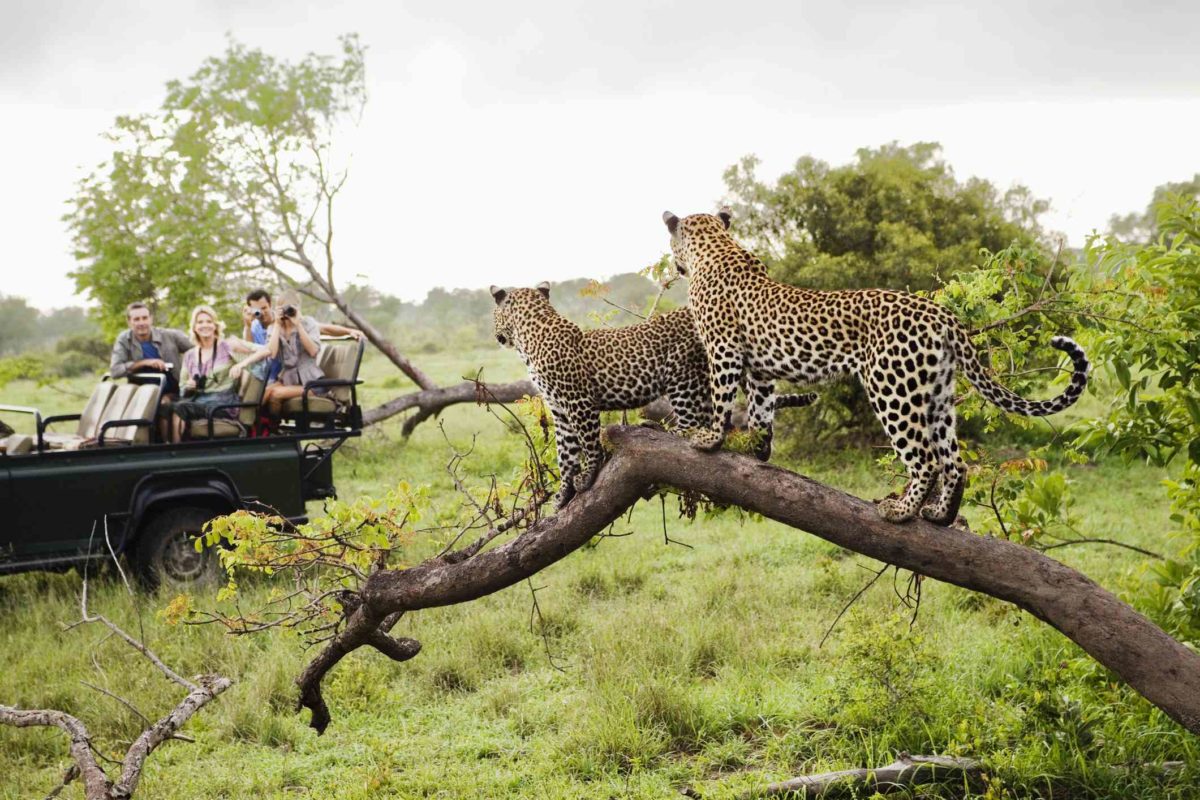
The Kruger National Park is a must-see for all those visiting South Africa. Its almost 20,000 square kilometers host up to 145 species of mammals (including the desired “Big Five”) and more than 1,500 species of bird.
More than a million people visit this park every year and both within its territories and in its surroundings, it is easy to find a great offer of camps and complexes where to spend the night and enjoy this experience.
- Foundation year: 1926
- Approximate surface area: 19,000 km2
- Main animals: buffaloes, elephants, leopards, lions
Chobe National Park (Botswana)
Chobe National Park is located in the north of Botswana and is home to four different ecosystems. It stands out for its large herds of elephants, although the Chobe is much more: it has one of the largest concentrations of animals in the entire continent and among its land you can enjoy 4 × 4 safaris, cruises along the Chobe river and much plus.
- Foundation year: 1960
- Approximate surface area: 10,000 km2
- Main animals: elephants, buffalo, antelope, giraffe
Etosha National Park (Namibia)
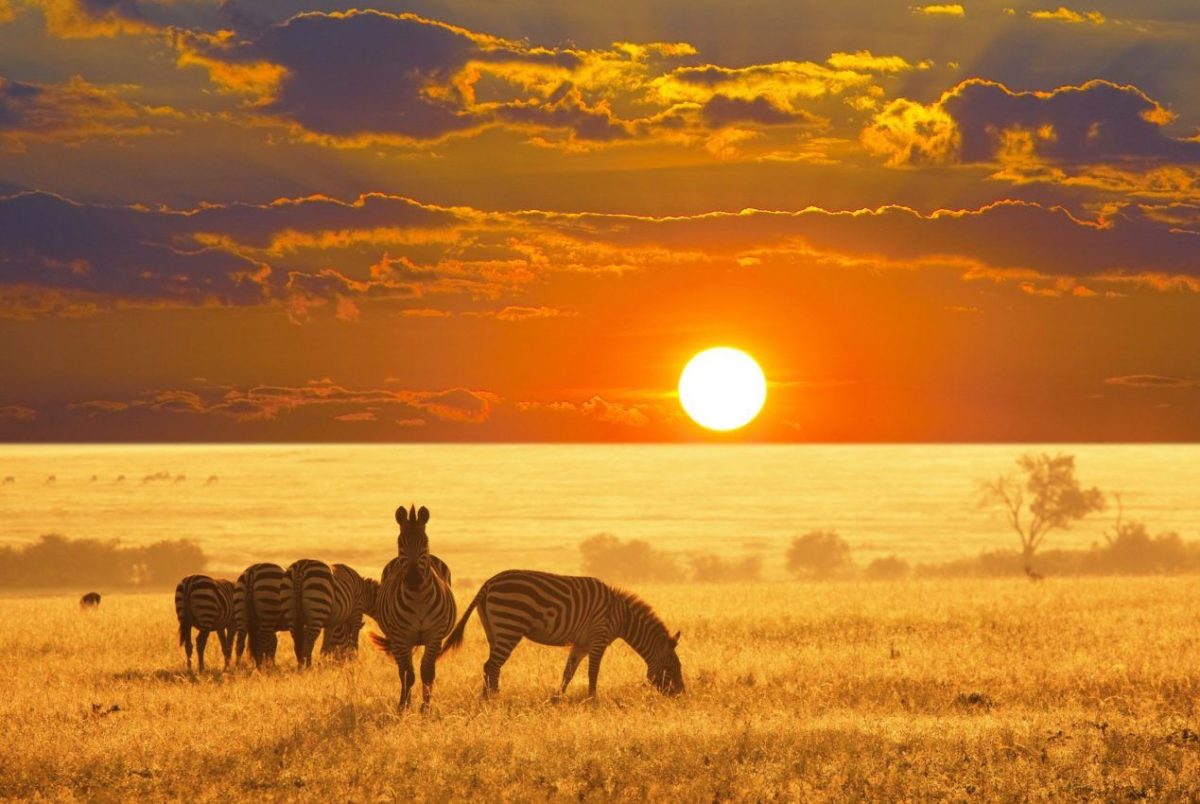
Inhospitable Namibia is much more than vast deserts and dunes. The Etosha National Park is located in the north of the country and will be the best compliment on your trip around this country. Etosha is home to the endangered black rhino, in addition to large elephants, lions, leopards, or impalas.
Discover the park on your own, driving your next vehicle; Or ride it in a specialized vehicle with one of the expert guides who know every inch of terrain perfectly.
- Foundation year: 1907
- Approximate extension: 22,270 km2
- Main animals: elephants, lions, giraffes, rhinos
Masai Mara National Reserve (Kenya)
Kenya is considered one of the best safari destinations in Africa and the Masai Mara reserve is the best example of this. In addition to its high density of animal population throughout the year, travelers will be able to experience the Great Migration in person from July to October. A true spectacle of nature in which millions of wildebeests, zebras and antelopes travel to the Serengeti plains.
In this reserve, you can also meet an authentic Maasai tribe, learn their traditional lifestyle and share experiences with them. There are many companies that offer you 4×4 rental vehicles with drivers and guides and are available everywhere in Kenya. What the offer of one of them looks like, you can see here shoortravel.com
- Foundation year: 1961
- Approximate surface area: 1,510 km2
- Main animals: lions, black rhinos, hippos, hyenas
Serengeti National Park (Tanzania)
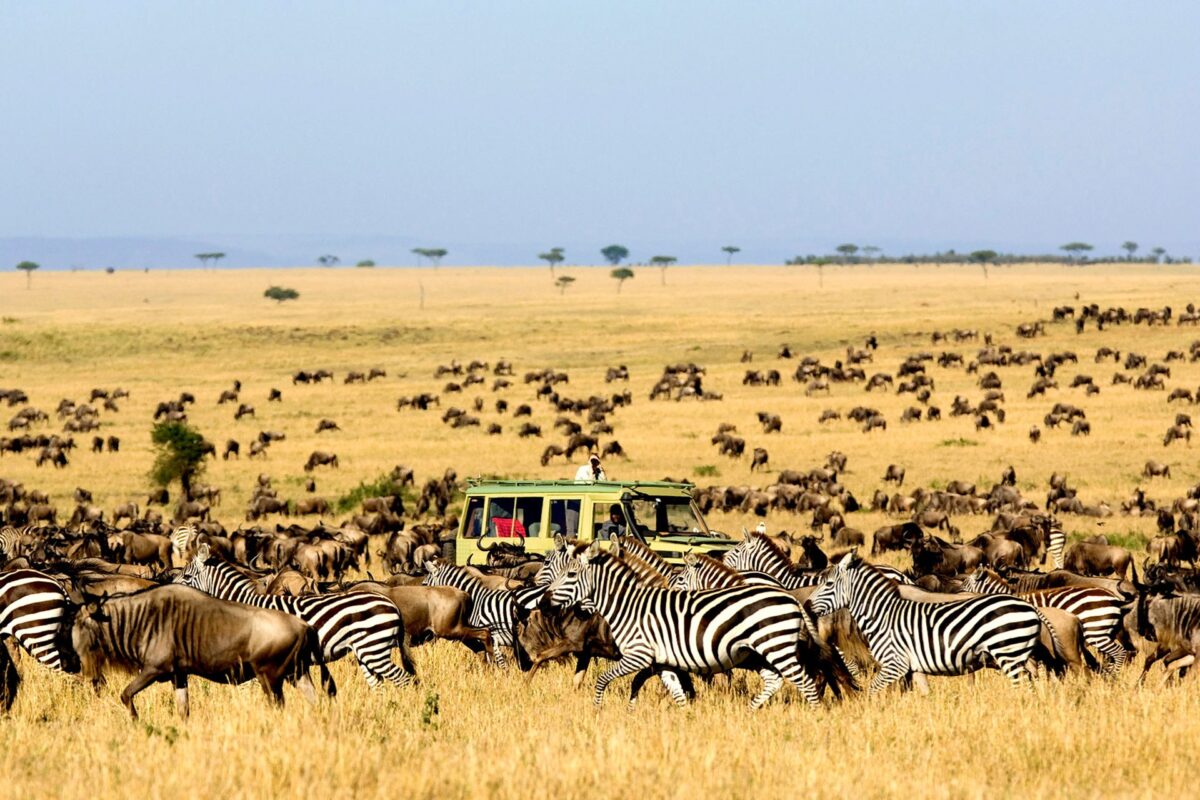
Famous for the Great Migration, the Serengeti is without a doubt one of the best safari destinations in Africa. Its vast plains are home to lions, leopards, rhinos, zebras, and many other mammalian and poultry species. Together with the Tarangire and Arusha National Parks, Lake Manyara and the Ngorongoro Conservation Area, they are all making Tanzania amazing
- Foundation year: 1951
- Approximate extension: 14,763 km2
- Main animals: Wildebeest, zebra, gazelle, buffalo, giraffe
Bwindi Impenetrable Forest National Park (Uganda)
The Bwindi Impenetrable Forest is home to almost half of the planet’s mountain gorilla population, which is why it has been designated a UNESCO World Heritage Site. In it you will have the opportunity to tour its mountains, track these impressive primates and spot many other animal species.
The park is only accessible on foot and in its surroundings, you will find multiple accommodation options, with incredible views of the jungle and different activities to meet the gorillas that inhabit it.
- Foundation year: 1991
- Approximate extension: 320 km2
- Main animals: gorillas and chimpanzees
Ngorongoro Conservation Area (Tanzania)

The Ngorongoro escapes, without a doubt, from any other place you can find in Africa. It is the largest intact volcanic crater on the planet and in its conservation area, you will find nine volcanoes and great animal life.
Various Maasai tribes still inhabit its territories and it is considered to be one of the most important places for research on the origin and evolution of the human species, including hominid remains of some 3.6 million years old.
- Foundation year: 1959
- Approximate extension: 8,288 km2
- Main animals: lions, buffaloes, rhinos
South Luangwa National Park (Zambia)
This National Park is known for its walking safaris, which give away magical encounters with local fauna. Its trails will take you along the savannah and you can discover a virgin wildlife paradise, including lions, elephants, giraffes, and many more species.
It is located in the western end of Zambia, just below the Great Rift Valley, and here you can make multi-day excursions, sleeping under the stars and experiencing the sensations that ancient European explorers felt when exploring these territories.
- Foundation year: 1938
- Approximate extension: 9,050 km2
- Main animals: giraffes, elephants, crocodiles
Hwange National Park (Zimbabwe)

The location of the Hwange National Park is what makes it one of the best destinations in Africa. It is located between Victoria Falls and the Kalahari Desert and is the largest animal reserve in Zimbabwe. Its territories – which cover more than 14,600 square kilometers – inhabit 105 species of mammals, highlighting its large population of African wild dogs and elephants.
- Foundation year: 1928
- Approximate extension: 14,651 km2
- Main animals: hyenas, African wild dogs, elephants
Conclusion
In search of the Big Five – lion, elephant, buffalo, leopard and rhino – through the great African national parks, we guarantee that you will not regret it if you decide to visit this amazing, wild continent. In addition to seeing the animals in the natural environment, not the zoo, you also get to know local cultures that are very interesting and unusual.


